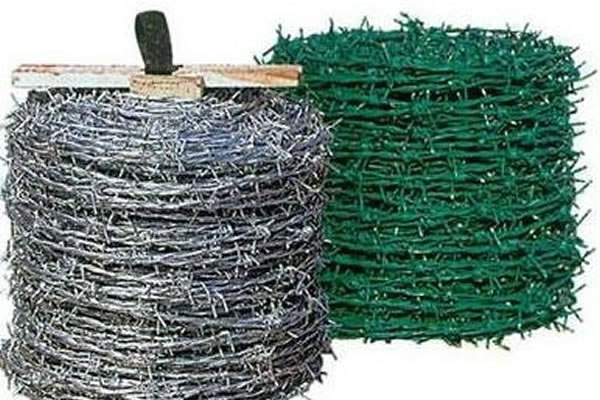 TEL:
+86-13102802206
TEL:
+86-13102802206
 Email:
fencenetting@china.com
Email:
fencenetting@china.com
 Language
Language
 TEL:
+86-13102802206
TEL:
+86-13102802206
 Email:
fencenetting@china.com
Email:
fencenetting@china.com
 Language
Language


The Versatility and Security of 4% Strand Barbed Wire Fencing
Fencing is a critical element in property management, agriculture, and security. Among the various types of fencing available, 4% strand barbed wire fencing has emerged as a popular choice due to its effectiveness, durability, and cost-efficiency. This article explores the advantages, applications, and installation techniques of 4% strand barbed wire fencing.
Understanding 4% Strand Barbed Wire
The term 4% strand refers to the design of the barbed wire, which typically consists of four strands twisted together to form a robust and tension-resilient structure. Barbed wire, in general, is characterized by its sharp barbs that deter unauthorized access and protect livestock from potential threats. The 4% strand variation adds an extra layer of strength and durability, making it an ideal solution for various fencing needs.
Security and Deterrence
One of the primary reasons for utilizing 4% strand barbed wire fencing is its heightened security features. The sharp barbs create a formidable barrier, making it challenging for intruders or animals to breach the fence. This is particularly beneficial for properties that require high security, such as warehouses, military installations, and agricultural lands where livestock welfare is paramount. Additionally, the visual deterrence provided by barbed wire can often prevent trespassers from attempting to breach the fence in the first place.
Applications in Agriculture and Industry

4% strand barbed wire fencing is extensively used in agricultural settings. Farmers often rely on this type of fencing to safeguard their crops and livestock from predators and wandering animals. The strength of the 4% strand design allows it to withstand harsh weather conditions and keep livestock securely contained. Furthermore, this fencing is particularly effective in defining property boundaries, thus minimizing disputes with neighboring landowners.
In industrial contexts, 4% strand barbed wire can be employed to secure heavy machinery and equipment. Factories and construction sites benefit from this fencing because it creates a clear boundary that restricts access to authorized personnel only. The durability of the wire also ensures that it remains intact over time, reducing the need for frequent repairs or replacements.
Installation Process
Installing 4% strand barbed wire fencing is a straightforward process that can be achieved with minimal tools and equipment. The first step involves determining the layout of the fence, marking the boundaries, and placing fence posts at regular intervals—typically between 6 to 12 feet apart. Steel or wooden posts are generally used for added strength.
After securing the posts in the ground, the 4% strand barbed wire is unrolled and anchored to the first post. Using fencing tools, such as wire tensioners and clamps, the wire is then stretched and secured to subsequent posts. It's essential to maintain proper tension to ensure that the fence remains effective over time. Once all strands are in place, the installation is finalized by ensuring the barbs are positioned correctly to maximize security.
Conclusion
In summary, 4% strand barbed wire fencing presents a robust and versatile option for securing properties across various sectors. Its strength and effectiveness in deterring intruders make it an invaluable asset for agricultural, industrial, and residential applications. By understanding the benefits and installation techniques associated with this type of fencing, property owners can make informed decisions that enhance security and protect their investments. Whether for livestock safety or protecting industrial assets, 4% strand barbed wire fencing is a reliable choice that stands the test of time.